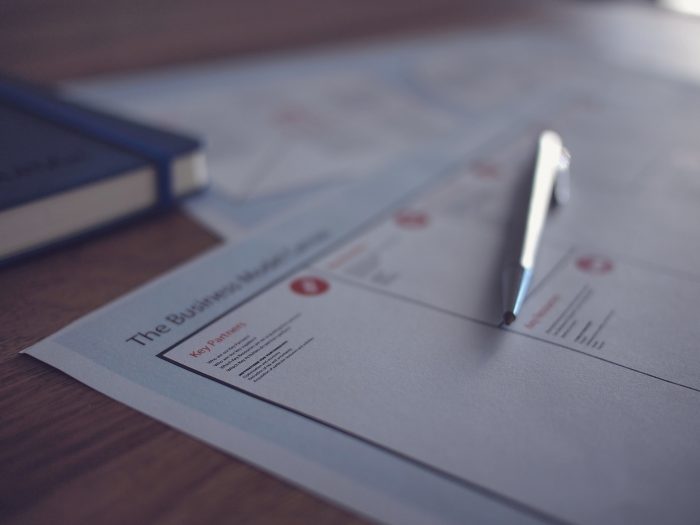Getting down to business
March 27, 2019The social experiment
May 1, 2019
The tender spot
Tender writing may not be an everyday thing, but for many businesses and government agencies, it’s a necessary part of working life. Putting together a winning tender isn’t like firing off a memo, composing the perfect presentation or finalising a business proposal.
Tender writing has its own nuances and niceties, and navigating the intricacies of the process can be fraught with frustrations.
Each tender is unique so there are no hard and fast rules to follow, but there are a few key things for tender writing success you need to remember.
Make the Statement of Requirements your top priority
Read all the supplied Request for Tender (RFT) documentation multiple times. During the writing process, keep referring back to the requirements. And stick to the rules. If they ask for 300 words for a particular element, don’t write 305 words. The best way to make sure you’re compliant is to structure your response document following the questions in the request document: copy every question, numbered as per the request document, and make them the headings and sub-headings for your responses.
The proposal is not about you. It’s about the buyer
This means you need to talk less about you and more about what you can do for the buyer. The underlying message is that it should be obvious to the buyer your company is the best choice for the job. To make sure this is the message you’re getting across, clearly state the benefits and outcomes the buyer will get from working with you, and demonstrate you understand the buyer’s problems, needs or objectives and how you can solve, meet or achieve them.

Project manage like a boss
Keep the tender response as the most important project you’re working on. To make this easier, assign a list of tasks, schedule them, delegate certain tasks to contractors if you’re not going to have time to do it all yourself. Get a strong writer involved from the start. Book regular time to work on the elements, so it doesn’t fall into the last-minute (or too hard) bucket.
Don’t be afraid to be creative
Not all tender responses allow you to include images, branding or other creative elements but you should try to find a way to inject your business values and ‘personality’ throughout the content of your tender response. Use your personal bio or CV to highlight your impressive skills (and use photos), source quality referees who will bring your credibility to life, and use attachments to visually demonstrate services or experience to support your response.
Get the right writer
Even if you’ve done most of the hard work, it’s best that the final response is the responsibility of a central writer. While putting it all together feel free to cut and paste from other documents and pull text from different sources, but before submitting it make sure you have an experienced writer to refine and edit for consistency, flow, quality and alignment with the RFT, specifications and Statement of Requirements. It may seem like double handling but having one writer look over everything is critical to the quality of the end product, so allow time for the writer to collate, edit, make linkages throughout, proofread and finalise the document (which includes correct file naming, file size, file type and attachments).
If you need more information about our services and how we can help you, call Mike Holland on 0414 394 440 or email me: mike@wordwallah.com
Keep the tender response as the most important project you’re working on. To make this easier, assign a list of tasks, schedule them, delegate certain tasks to contractors if you’re not going to have time to do it all yourself. Get a strong writer involved from the start. Book regular time to work on the elements, so it doesn’t fall into the last-minute (or too hard) bucket.
Don’t be afraid to be creative
Not all tender responses allow you to include images, branding or other creative elements but you should try to find a way to inject your business values and ‘personality’ throughout the content of your tender response. Use your personal bio or CV to highlight your impressive skills (and use photos), source quality referees who will bring your credibility to life, and use attachments to visually demonstrate services or experience to support your response.
Get the right writer
Even if you’ve done most of the hard work, it’s best that the final response is the responsibility of a central writer. While putting it all together feel free to cut and paste from other documents and pull text from different sources, but before submitting it make sure you have an experienced writer to refine and edit for consistency, flow, quality and alignment with the RFT, specifications and Statement of Requirements. It may seem like double handling but having one writer look over everything is critical to the quality of the end product, so allow time for the writer to collate, edit, make linkages throughout, proofread and finalise the document (which includes correct file naming, file size, file type and attachments).
If you need more information about our services and how we can help you, call Mike Holland on 0414 394 440 or email me: mike@wordwallah.com
